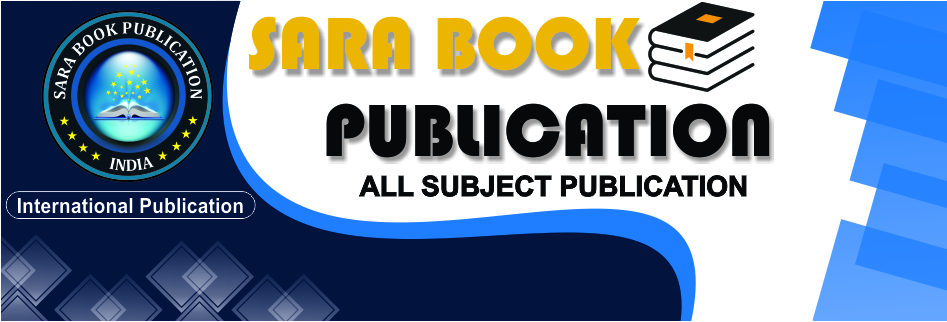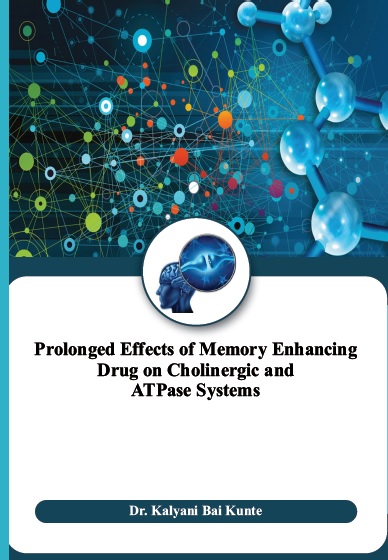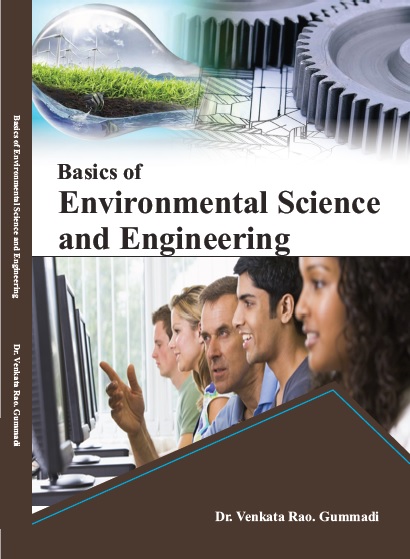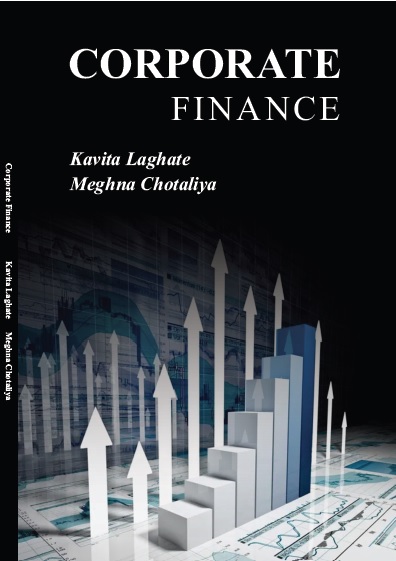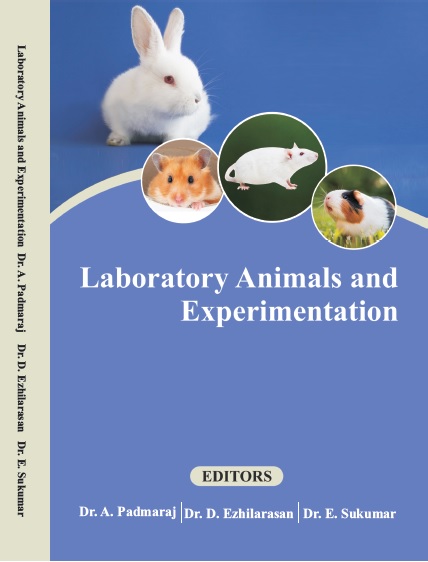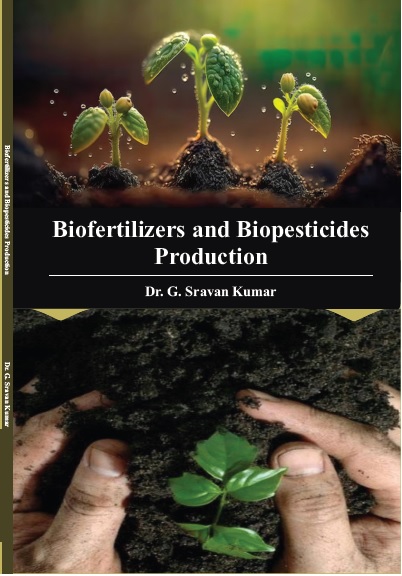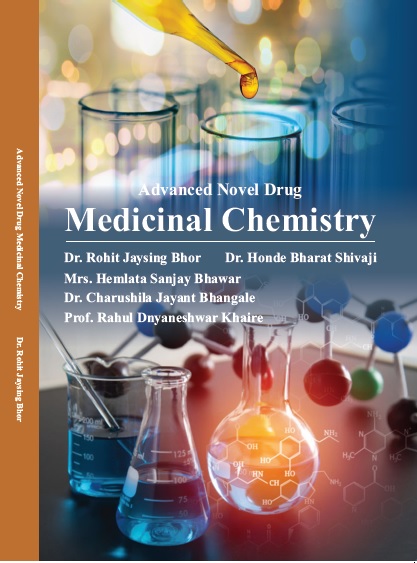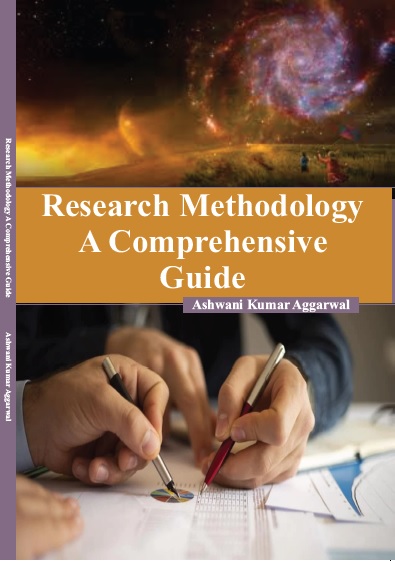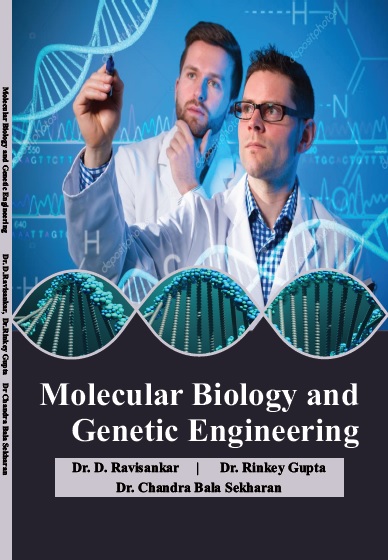SCIENCES AND ENGINEERING
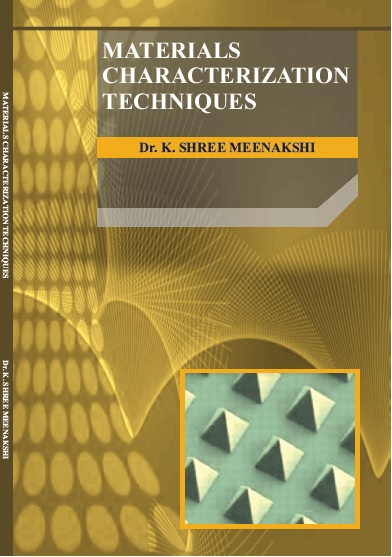
Materials Characterization Techniques
by Dr. K. SHREE MEENAKSHI
ISBN Number : 978 - 1- 73029 - 310 - 8
Authors Details
| Author Name | Image | About Author |
|---|---|---|
| Dr. K. SHREE MEENAKSHI | 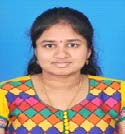 |
Dr. K. SHREE MEENAKSHI was born in the Madurai District of Tamil Nadu.
She received her Bachelor's Degree in Chemistry with First Class from Madras
University, Tamil Nadu. She obtained her Master's degree in Applied Chemistry
with First Class and Master of Philosophy in Chemistry with First Class-
Distinction from Anna University, Chennai, Tamil Nadu. She has also received
her doctorate from Anna University, Chennai by doing extensive research in the
field of polymer nanocomposites and studying their suitability for high
performance aerospace and advanced engineering applications.
She has worked as a JRF (Junior Research Fellow) in DST (Department of Science and Technology)
project and she has received SRF (Senior Research Fellowship) from CSIR for her contributions to
advanced research. She has done several projects in National Metallurgical Laboratory (NML), CSIR
Complex, Taramani, Chennai. She has presented her work in several national & international
conferences and published her research work in several reputed international journal of high impact
factors.
Currently she is working as an Assistant Professor in the Chemistry Department of Loyola-Icam College
of Engineering and Technology (LICET), Chennai. She loves teaching and interacting with students.
Personally she is a young mother with a little baby who keeps her active always. She lives with her
husband and little son in Chennai. |
Book Description
Depending on the nature of the material being investigated, a suite of techniques may be utilized to assess its structure and properties. Whereas some techniques are qualitative, such as providing an image of a surface, others yield quantitative information such as the relative concentrations of atoms that comprise the material. Recent technological advances have allowed materials scientists to accomplish something that was once thought to be impossible: to obtain actual two-dimensional/three dimensional images of atomic positions in a solid, in real time. It should be noted that the sensitivity of quantitative techniques also continues to be improved, with techniques now being able to easily measure parts per trillion (ppt) concentrations of impurities in a bulk sample. The term “Characterization”, refers to the broad and general process by which a material's structure and properties are probed and measured. It is a fundamental process in the field of materials science, without which no scientific understanding of materials could be ascertained. The scope of the term often is very wide; here, we will accept the broad definition of materials characterization which contains the Microscopic Properties (Microscopic Characterization), Spectroscopic Properties (Spectroscopic Characterization), and Macroscopic Properties (Mechanical and Thermal Characterization). The scale of the structures observed in materials characterization ranges from angstroms, such as in the imaging of individual atoms and chemical bonds, up to centimeters, such as in the imaging of coarse grain structures in metals. While many characterization techniques have been practiced for centuries, such as basic optical microscopy, new techniques and methodologies are constantly emerging. In particular the advent of the Electron Microscope and X-Ray Characterization in the 20th century has revolutionized the field, allowing the imaging and analysis of structures and compositions on much smaller scales than was previously possible, leading to a huge increase in the level of understanding as to why different materials show different properties and behaviors. This book aims at the advanced understanding of the principle of various, microscopy based, materials characterization methods. The book addresses the basics of the techniques, the underlying science, the instrumental aspects, the practical use and the benefits and problems related to their application in materials science. I take this opportunity to thank my mother K.VASANTHI and my father M.KUMAR for their support in all my endeavors. My baby son S.P.VIHAAN for inspiring me to write this book, my husband E.PRADEEP for being my pillar of strength, I am also grateful to K.VINAYAK, K.KARTHEESWARAN and K.NISHA for their encouragement.




